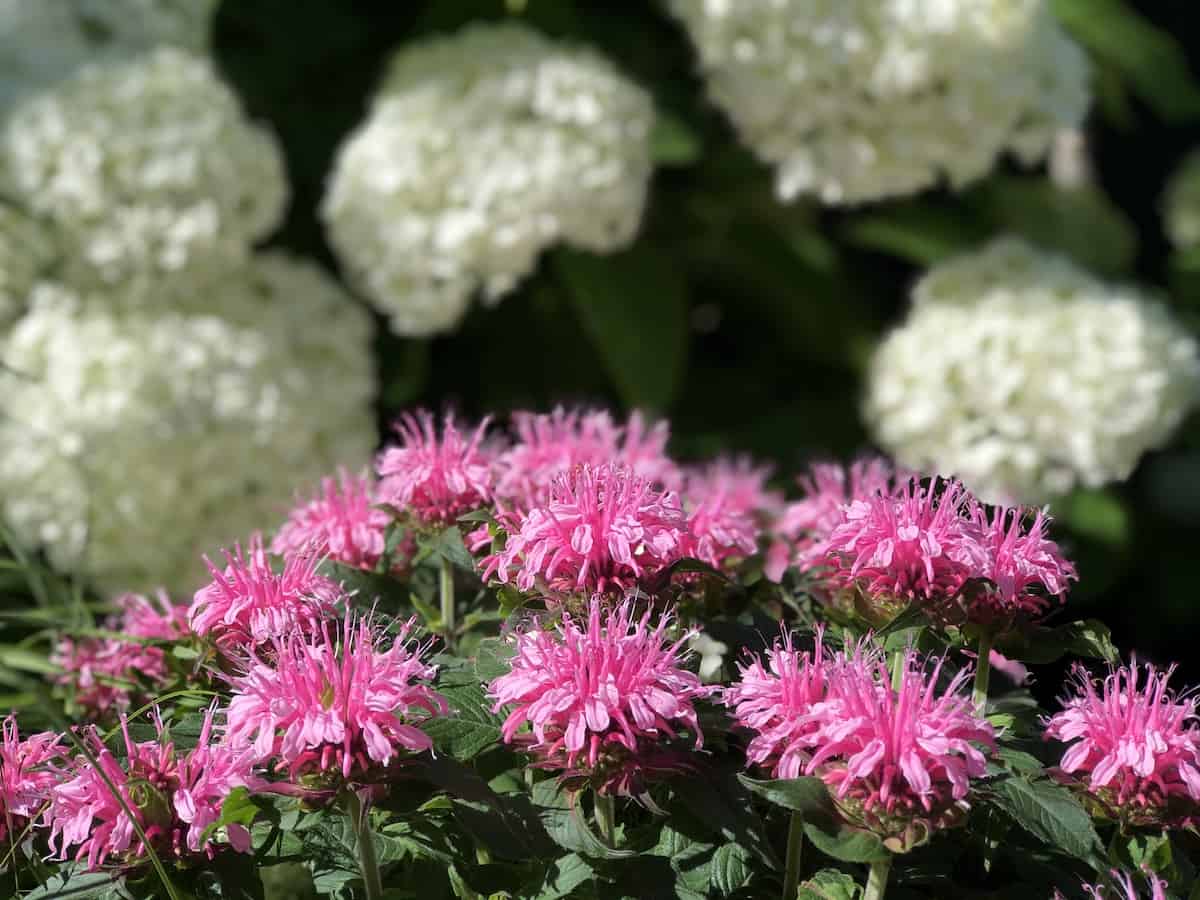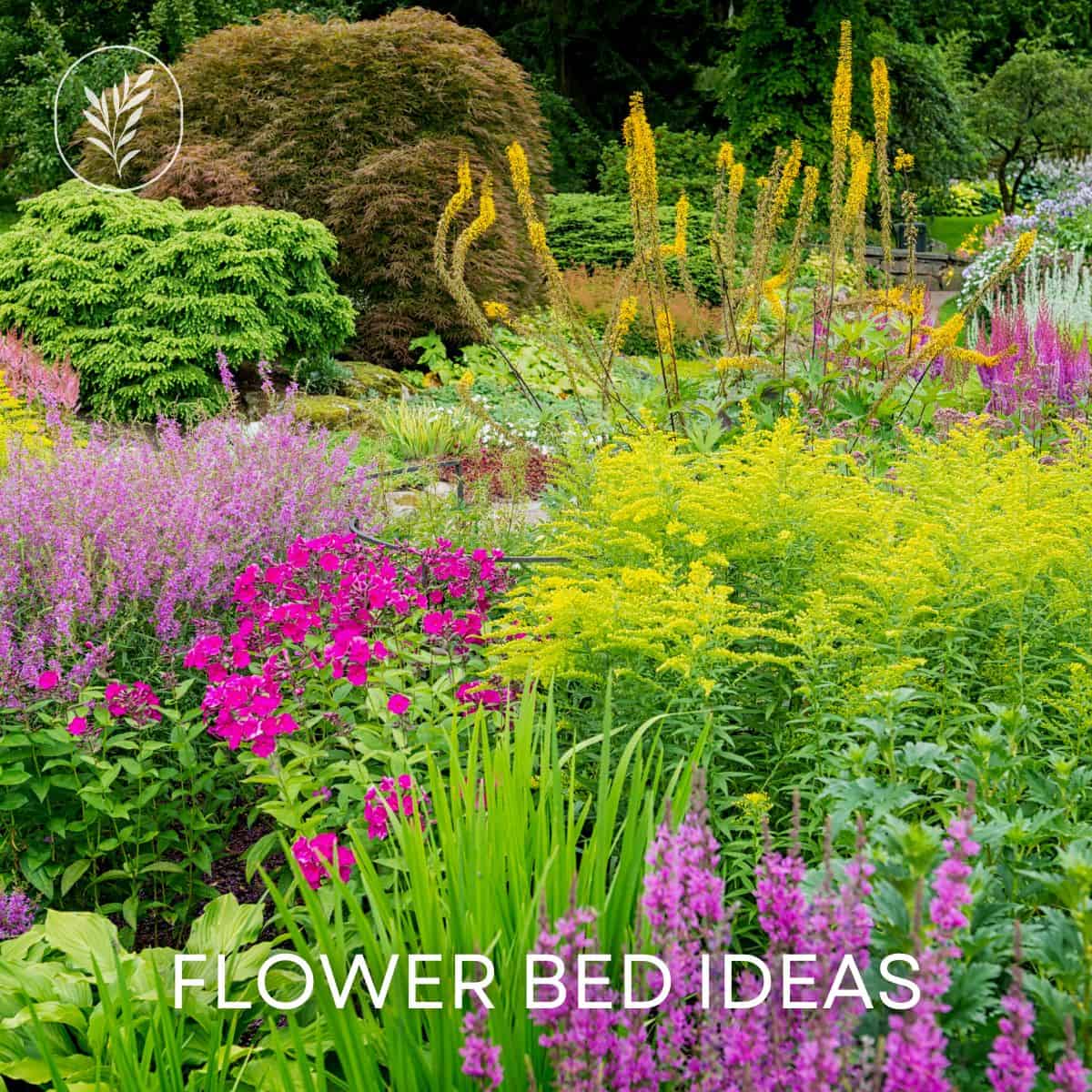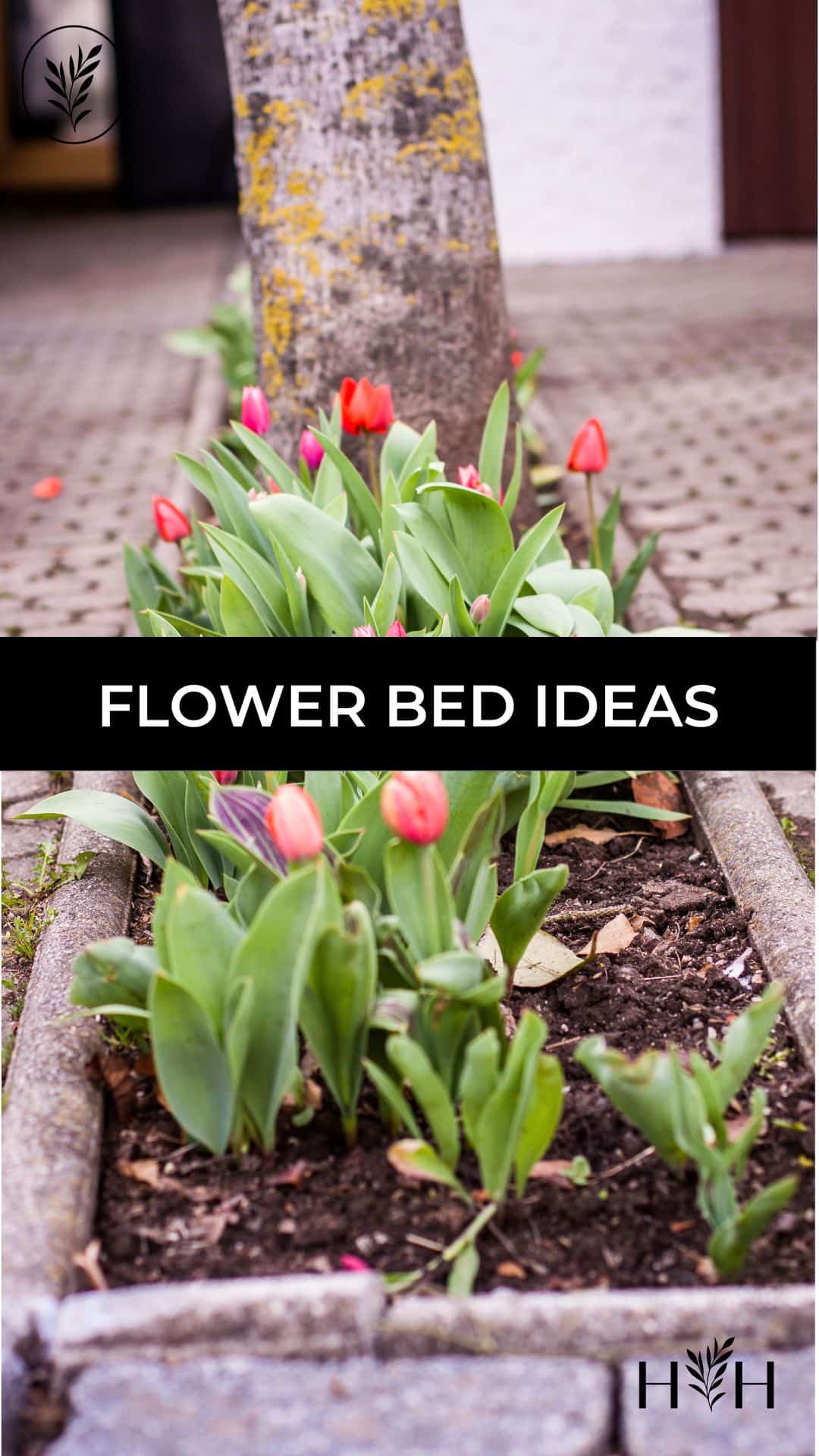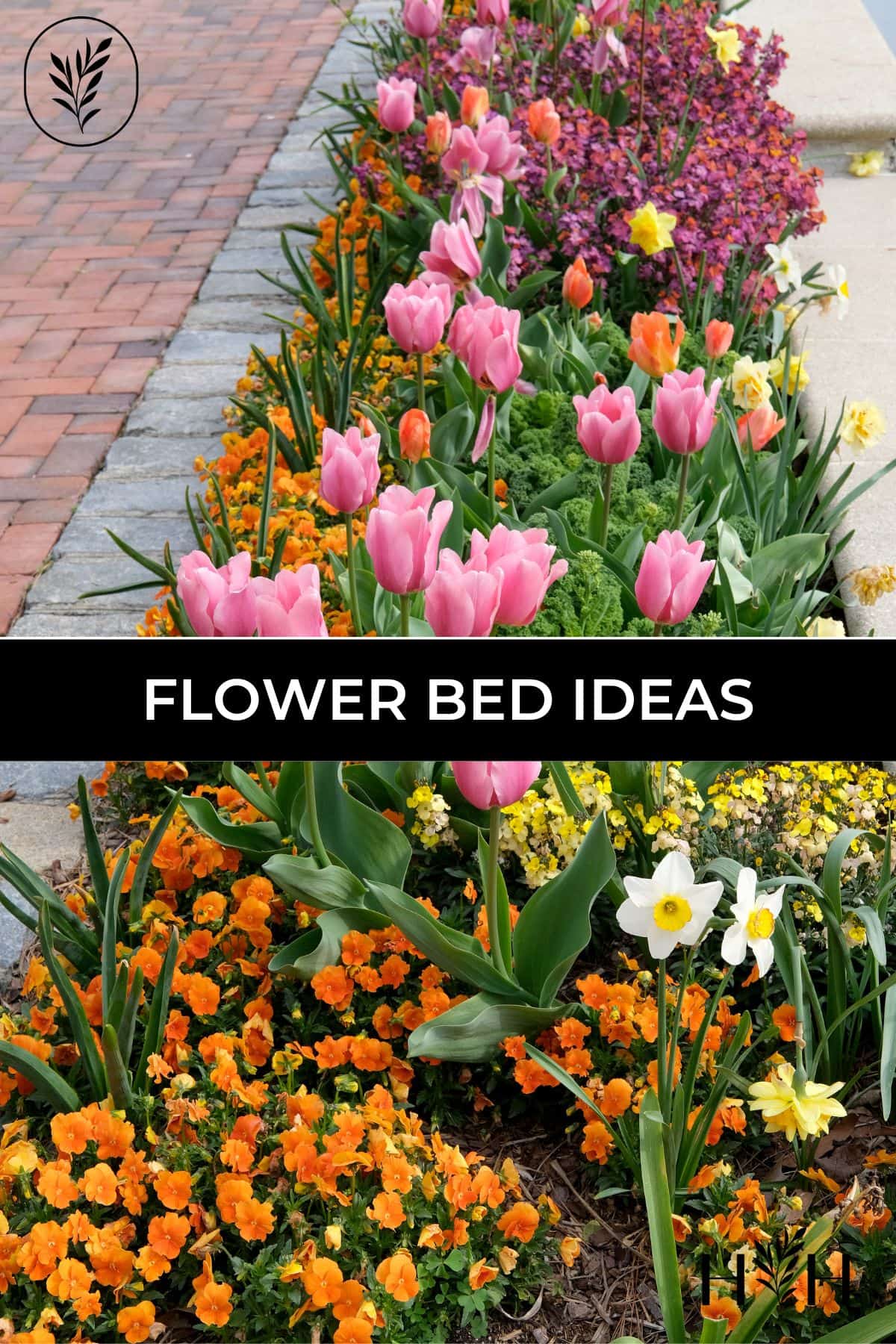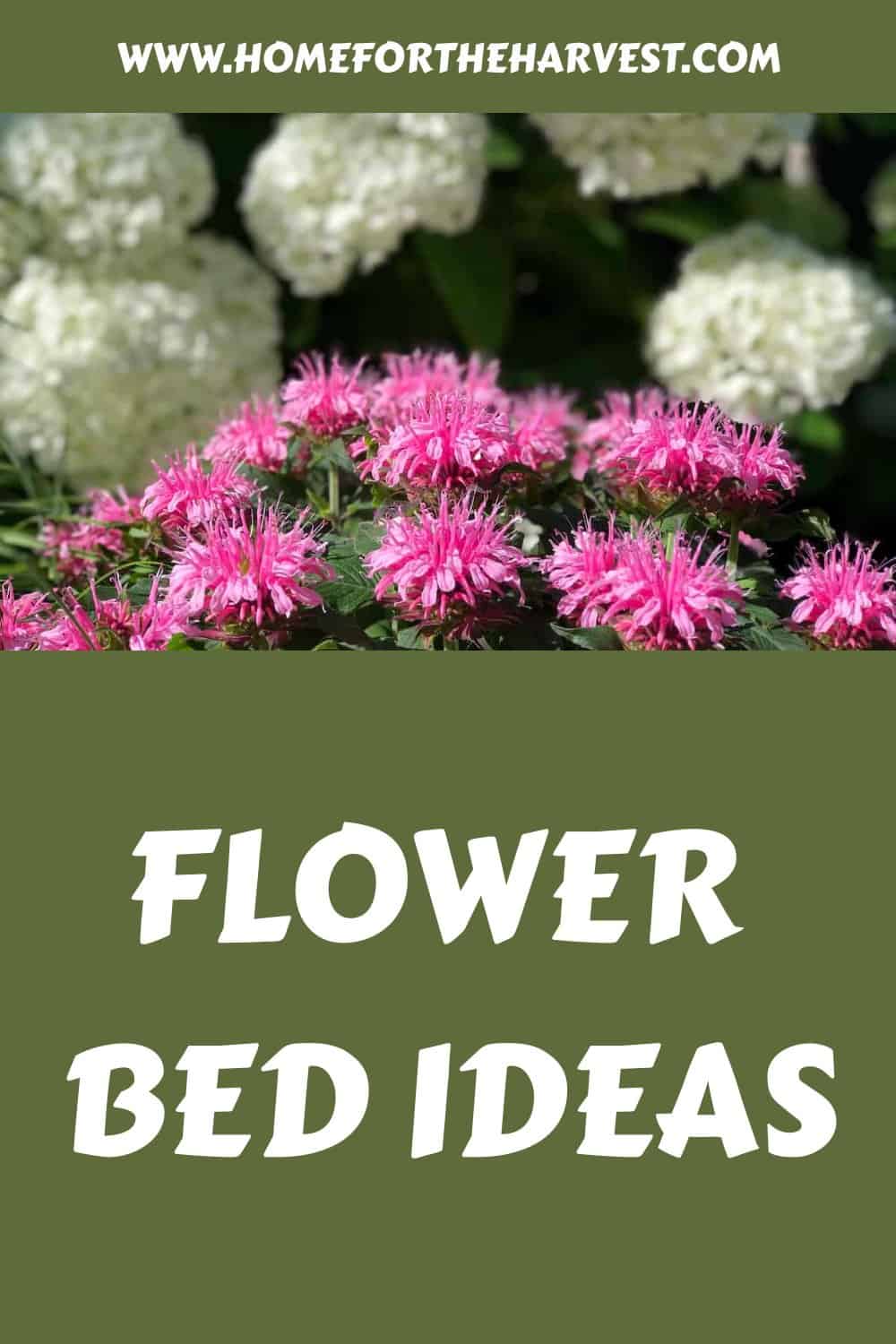Beds of blooming flowers brighten up front yards, bring an element of joy to the landscape, and also help beneficial pollinators thrive. Here are 28 lovely flower bed ideas to inspire your garden and design a beautiful blooming bed.
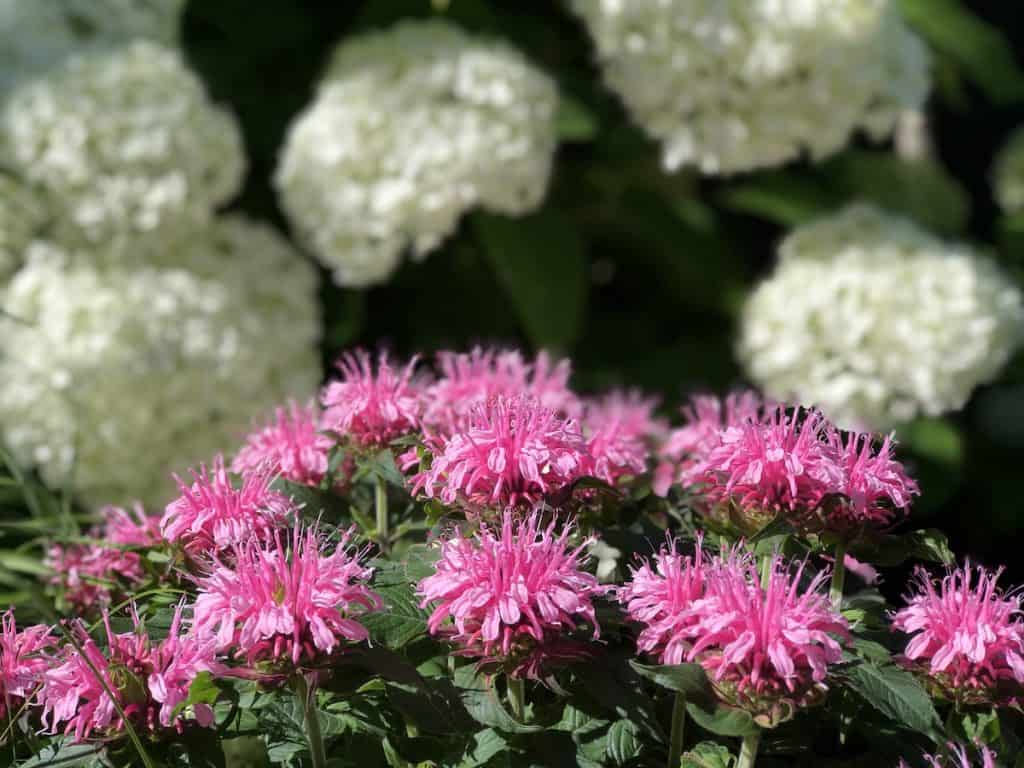
1. Make a flower wish list
Before you head to the plant nursery, make a wish list of your favourite flowers. Are there any must-have plants for your flower bed? What about nice-to-have plants? Write your ideas down in a big blooming wish list.
If you’re not already overwhelmed with ideas for different flowering plants, it’s time to take a walk around the neighborhood or drive through a well-landscaped block to get some inspiration. Try to do this in several seasons. Are there any plants, combinations, or other ideas that really stick out to you?
Do try and stick to reality with your wish list where possible. For example, focus on sun-loving flowers if your bed is in full sun. Avoid high-maintenance annuals if you’re more into a lush yet low-key cottage border garden. Perennials and self-seeding annuals tend to be lower maintenance than buying and planting new annual flowers each year.
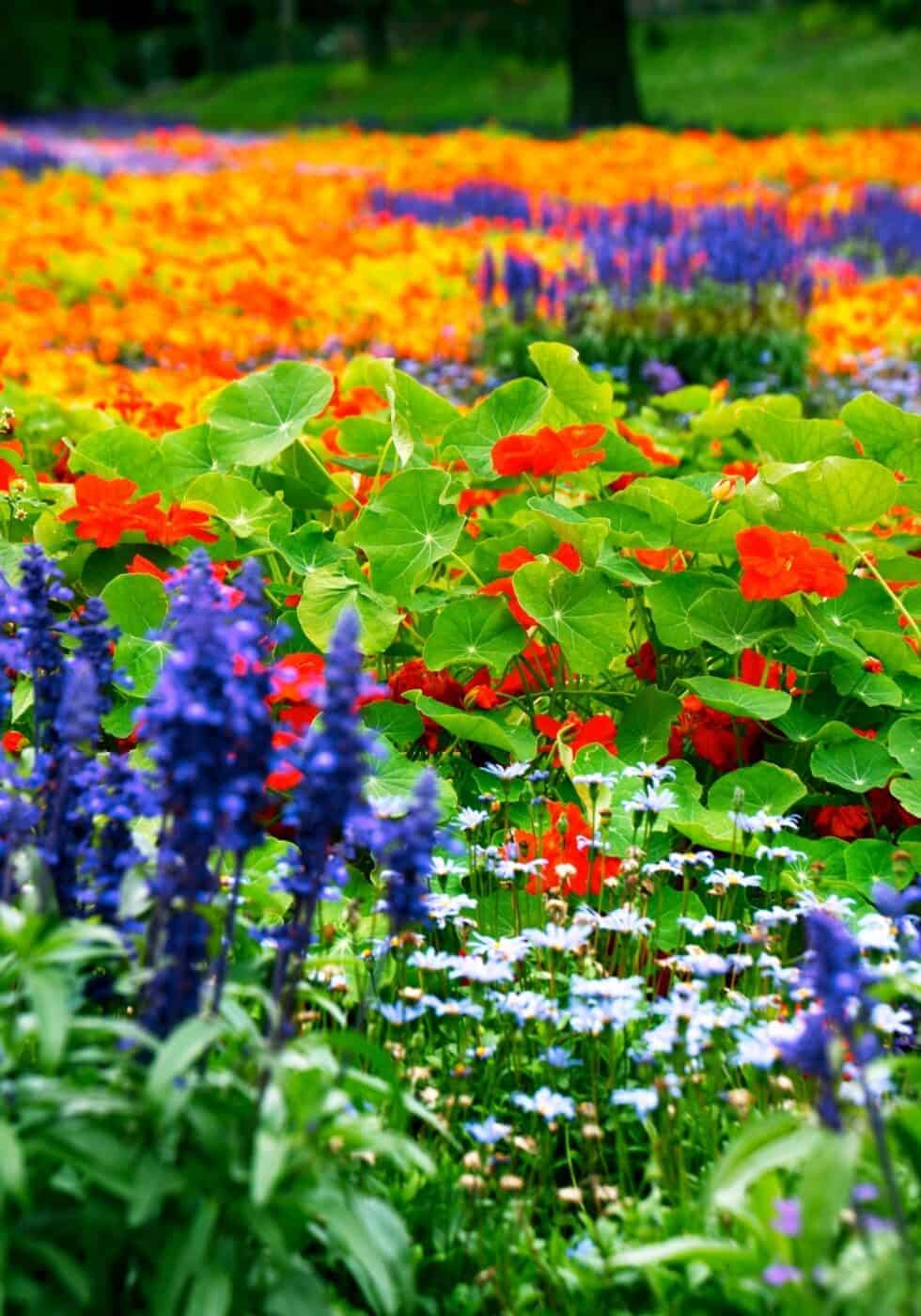
2. Pick a color scheme
Now its time to choose a color scheme. While some flowers are only available in one color, many have been bred to be a whole host of different colors. There are limitless options (for both individual flower types and for color combinations)!
Warm colors like red, orange, and yellow can bring a cheerful, bright, almost tropical vibe to the garden. They tend to pop out and make the garden a bit more fun. You can also choose a complementary palate of two or three colors. Purple and yellow is a popular combination.
Cool colors like blue, purple, and the deep greens of garden foliage bring more of a calm, serene atmosphere. They tend to work together to draw you into the garden and its serenity. That said, they can be combined with warmer colors for a bright, joyous symphony of color.
Repetition of specific plants or flowers that bloom in certain colors can tie together a garden design. The use of many different bright colors can create a playful, cheery outdoor space. Make sure to choose a theme from your different flower bed ideas and look for cultivars that are in perfect harmony!
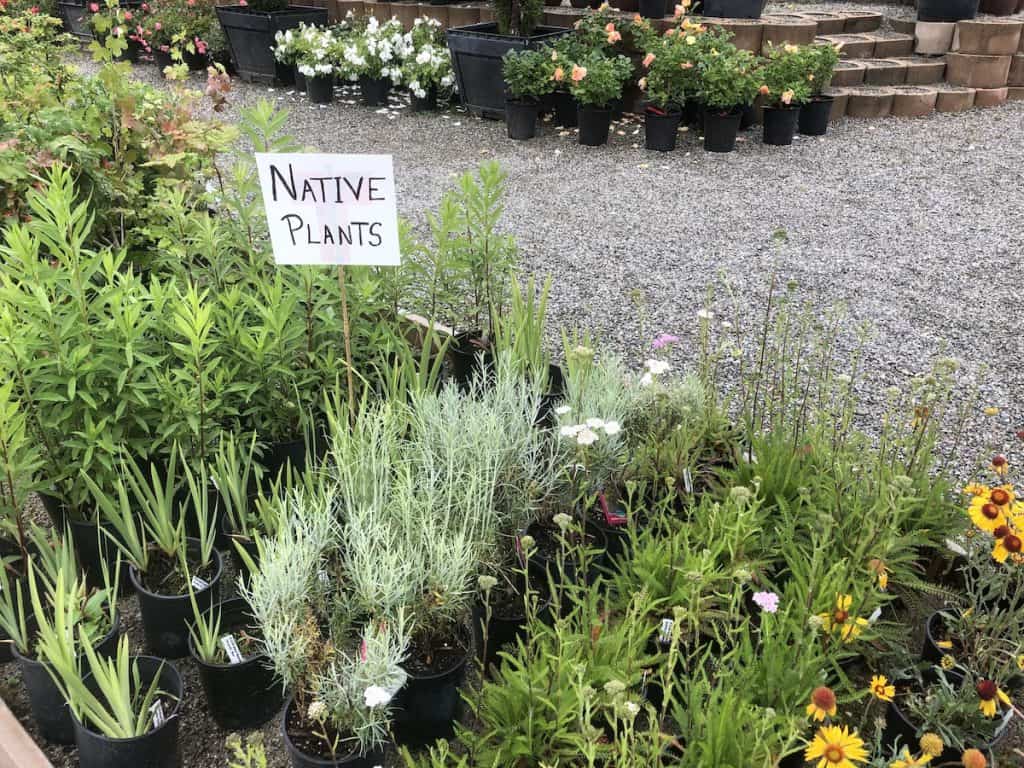
3. Add local native plants
Plants that are native to the local area are ideal for supporting pollinators and other beneficial insects and creatures in and around the garden. Bee balm is a classic for bees and butterflies alike. There are also flowers that support birds and other lovely garden creatures.
Here is a big list of ideas for native plants to attract birds to your garden. Choose a few for your flower bed to welcome feathered friends to your yard!
“Native plants are critical for a balanced, ecologically sound wildlife community, but many of the more mobile and spectacular creatures, particularly insects such as butterflies and moths, and the songbirds, feed mainly on nectar, pollen, or seed. You can give a tremendous boost to their larder by planting colourful flowery ‘cottage garden’ style borders, and I strongly recommend that you concentrate them near your house.”
RHS Companion to Wildlife Gardening, by Chris Baines
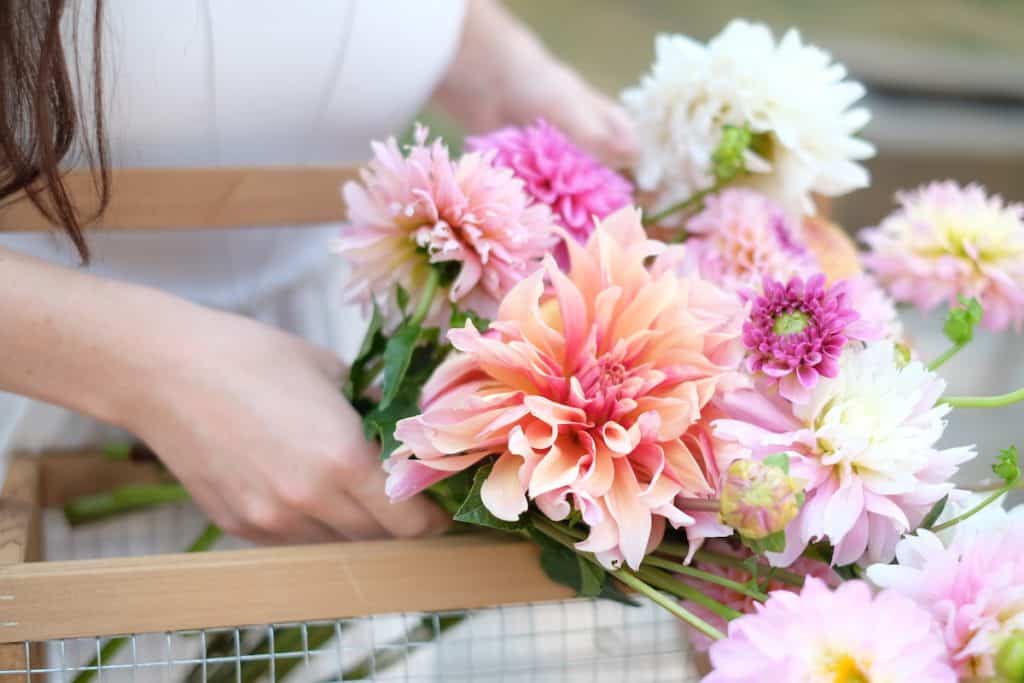
4. Sequence of bloom times
Always consider the sequence of the seasons as you consider different ideas for your flower bed. Choose plants with multiple seasons of interest, or choose a succession of different feature plants to stand out during each season.
Planting hellebores is one way to ensure you get some of the earliest true blooms after the snow melts. Tulips are another spring favorite, blooming before many herbaceous perennials. Here are some perennials you can plant in your flower bed alongside tulips to keep the bed looking lovely throughout the year as the tulips die back.
Midsummer is full of perennials and flowering shrubs like hydrangeas and roses. Later-blooming flower favorites include dahlias (pictured above), roses, rudbeckia, echinacea, sedum, sunflowers, and zinnias.
“Garden writer and photographer Janet Davis has strategically planted her front garden, so that something shines in every season: tulips, poet’s narcissus, and camassia in spring; echinacea, Russian sage, black-eyed Susans, and liatris in summer; and New England asters, fothergillas, and sedum ‘Autumn Joy’ in autumn.”
Gardening Your Front Yard: Projects and Ideas for Big and Small Spaces, by Tara Nolan
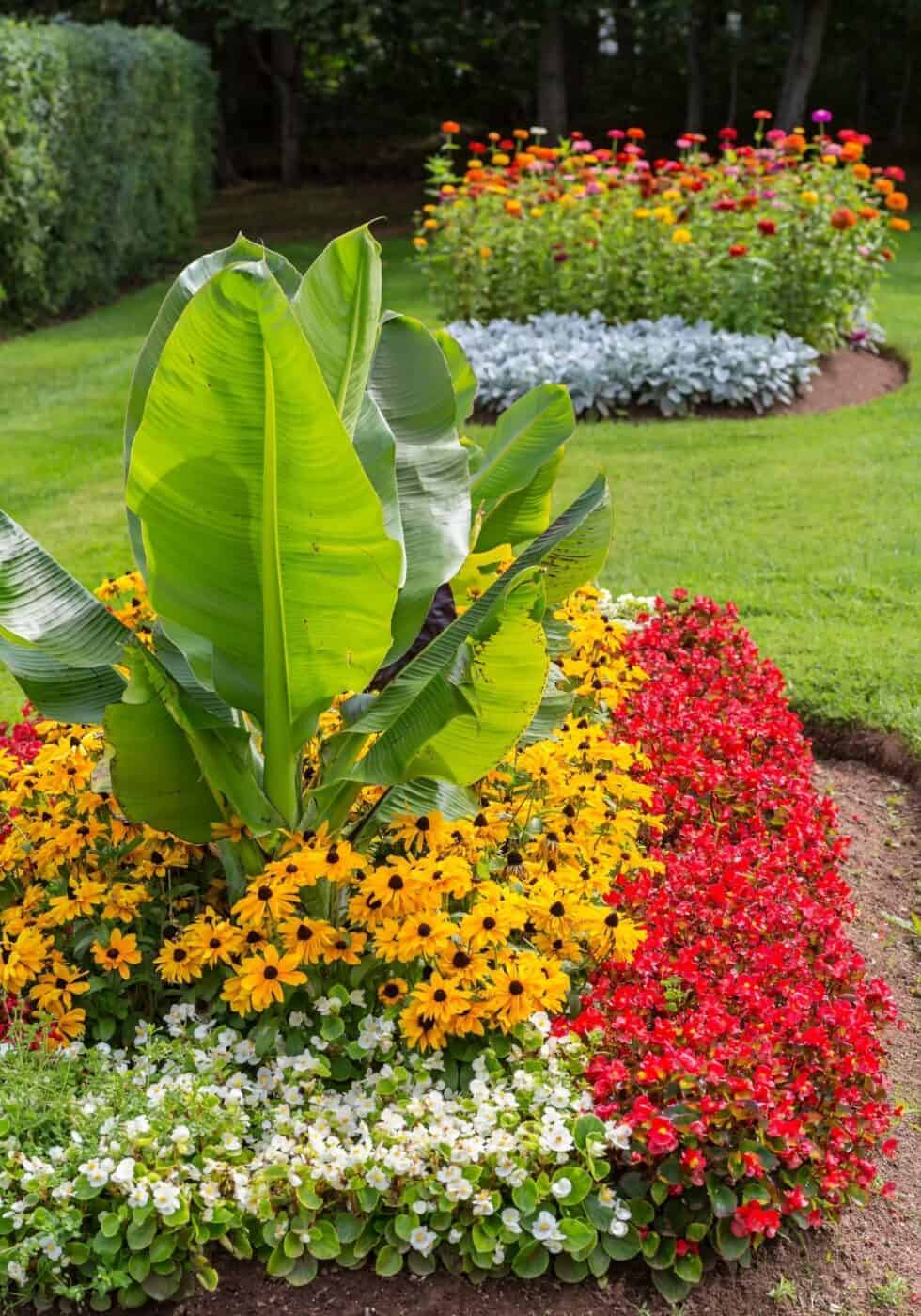
5. Plan for drought
Drought happens. Include a few bulletproof drought-tolerant plants in your flower beds to keep things interesting when things are too hot for other plants to handle. You’ll be happy you did!
6. Always check Pinterest
Pinterest is an ever-growing source of inspiration for flower bed ideas. New photos and ideas are being uploaded to the platform every day, all with the purpose of inspiring gardeners to create their own dream garden beds! Here is a Pinterest board to follow all about flower bed ideas.
“Over the years, I’ve noticed that successful garden beds have a lot in common: neat edges, bold focal points that direct the eye, beds that are in scale with their surroundings, and plants that are the appropriate size.”
Fine Gardening’s Beds & Borders, Design Ideas for Gardens Large and Small, by the Editors of Fine Gardening magazine
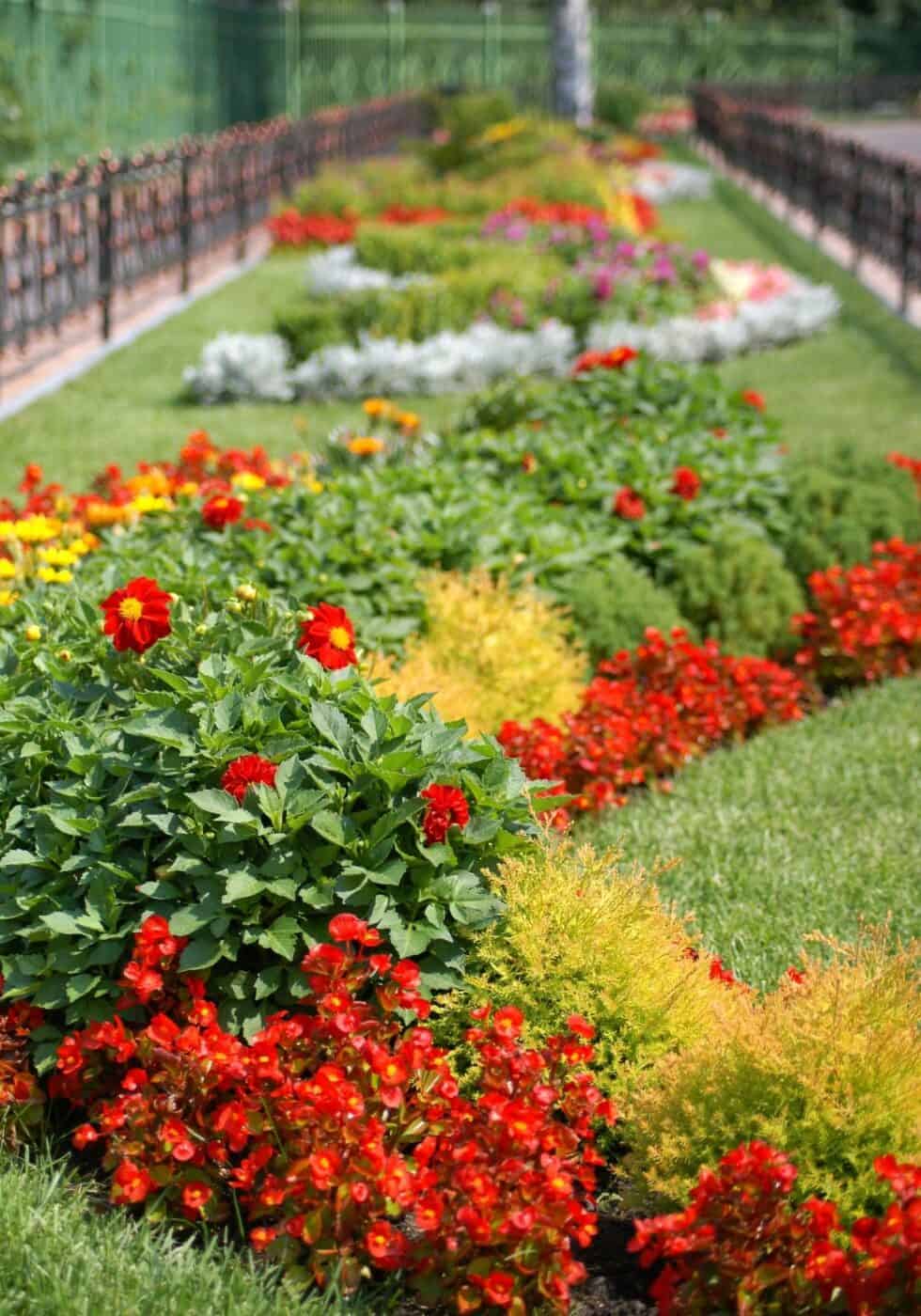
7. Choose a viewpoint
Choose a viewpoint for your flower bed where you can see the bed in all its glory while you stand in a single spot. Perhaps your flower bed could look amazing while you stand indoors at the kitchen sink window. Maybe it shines from the street, giving your home that classic curb appeal.
While it is admirable to make sure the bed looks great from all viewpoints, choosing a common main viewpoint will help you make decisions about placing individual flowers.
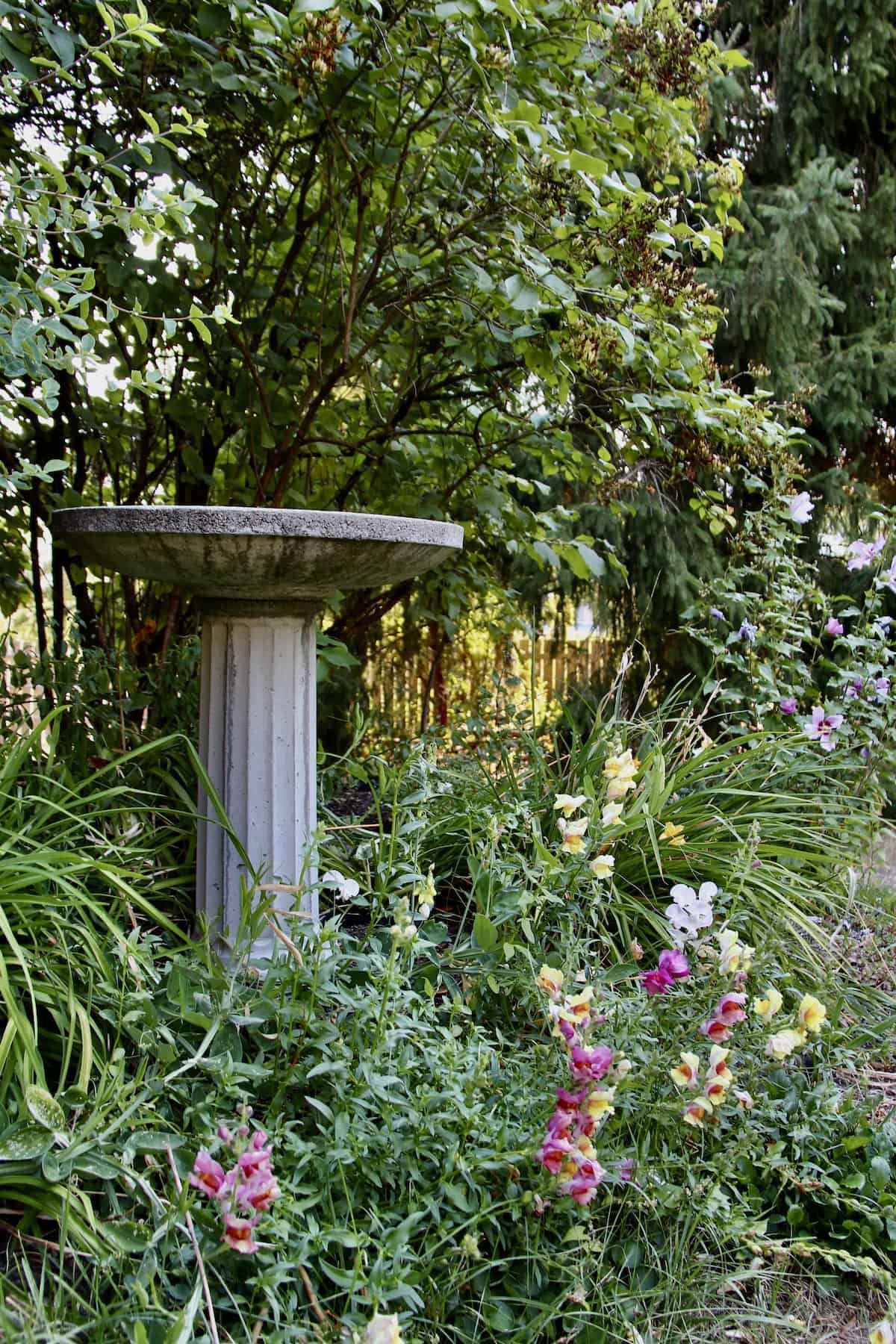
8. Add a bird bath
A bird bath adds height if needed and can also be a magnet for feathered friends. A quality concrete bird bath is an investment piece that will stand the test of time, even outdoors. A raised bath on a pedestal will also give a focal point in wintertime when the permanent structure is very much appreciated as a bit of winter interest.
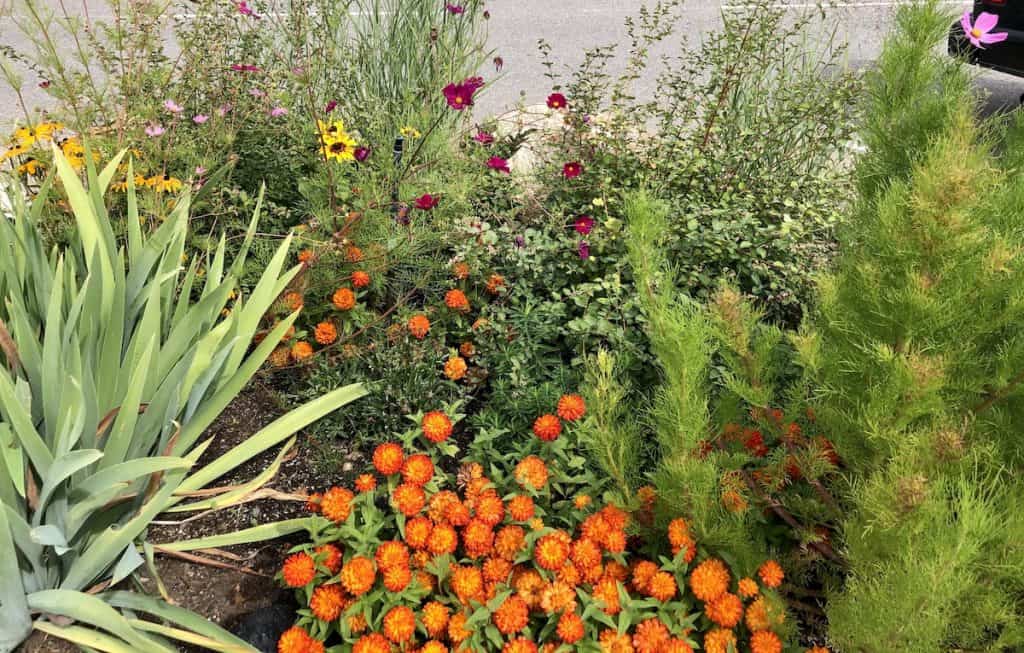
9. Consider heights
Height is so important in flower beds. Consider the full-size proportions of each plant you’re considering. How will they look alongside each other? Will a tall plant provide much needed shade or will it crowd out a neighbour? Keep elements of the garden in balance and proportion with each other when possible.
Tall flowers can add architectural drama to the flower bed. Here are a few ideas for tall flowers to consider adding to your bed:
- Hollyhock
- Foxglove
- Dahlia
- Sunflower
- Delphinium
10. Don’t forget the winter
While there are few winter bloomers, there are other ways to add winter interest. Plant for four-season interest by including pretty cold-season plants like red-twig dogwoods. Leave up some seed heads as part of your fall flower bed clean-up. Surround the beds with evergreens to give that year-round foliage that is so important when it’s snowy out!
“If you have some time in your planning process, visit the nursery or garden center in each season to see what is available and take a walk around your neighbourhood to see how various plants are incorporated into the landscape.”
Gardening Your Front Yard: Projects and Ideas for Big and Small Spaces, by Tara Nolan
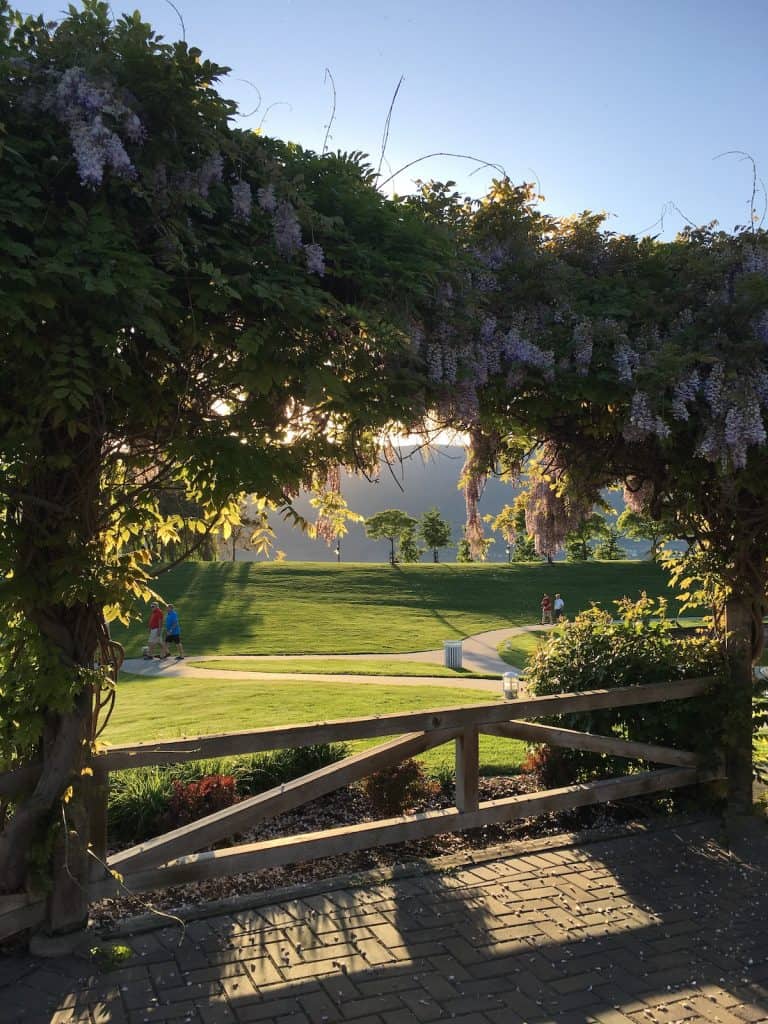
11. Work with existing structures
Work with the existing structural elements in your landscape. This includes existing walls, patios, trees, and other long-lasting structures. Plan for the future if you intend to expand your garden with a new patio, arbor, or other hardscaping structure or large plant.
An existing structure might be the perfect place for a native Kentucky wisteria plant or USA-native honeysuckle. A simple wire trellis will help support the plant and give it a bit of breathing room while it grows.
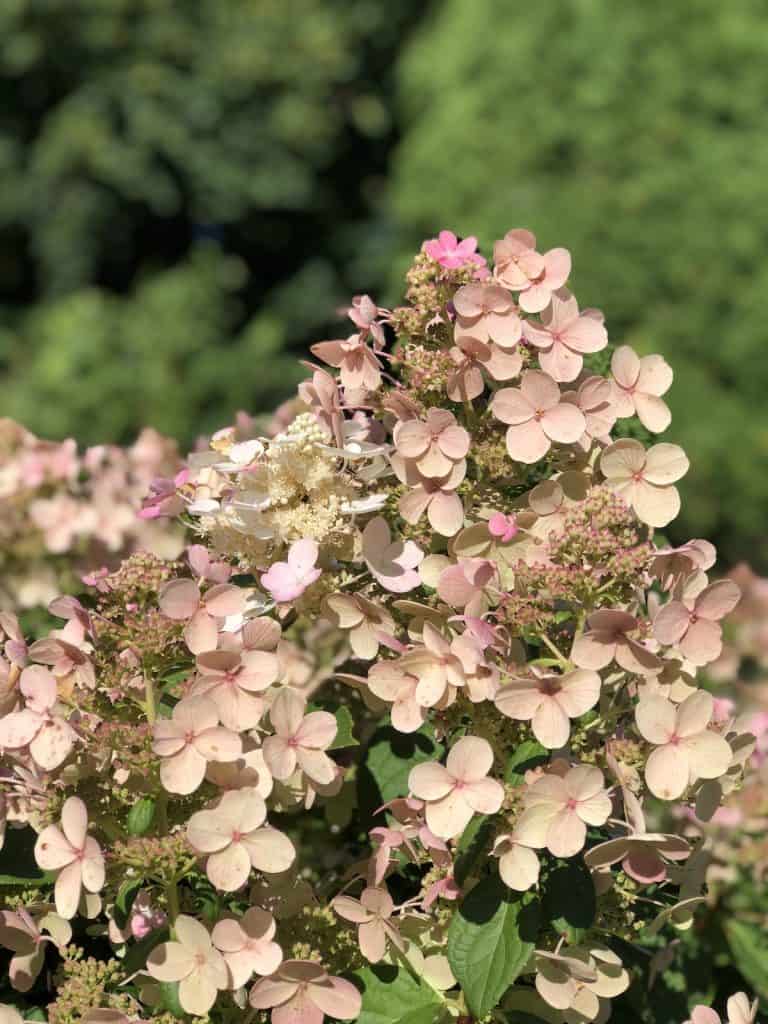
12. Consider a flowering shrub or ornamental tree
A flowering shrub or tree can really up the ante of your flower garden. Here are 5 of my favorite flowering woody plants for a flower bed:
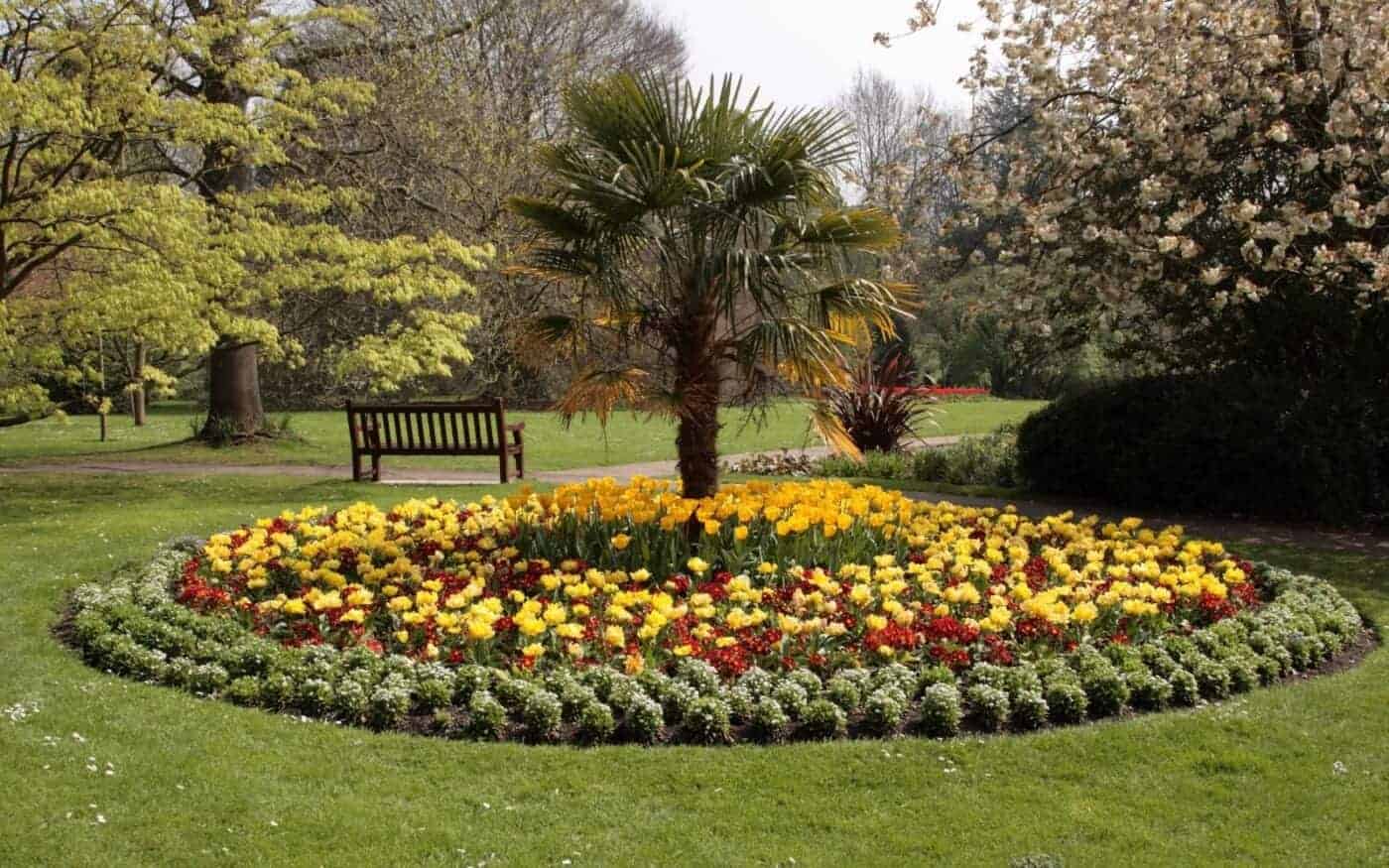
13. Consider general shape and form
At this point, it’s helpful to take a step back and consider whether you’ve got the basic forms of plant covered. Take a moment to revisit your wish list and other inspirational ideas, and then classify the plants into general groups, such as groundcovers, short perennial flowers, flowering shrubs, rounded perennials, vining perennials, and flowering trees.
Do you have too many vines to fit into one bed? What about shrubs? Pare down your list to your true must-haves.
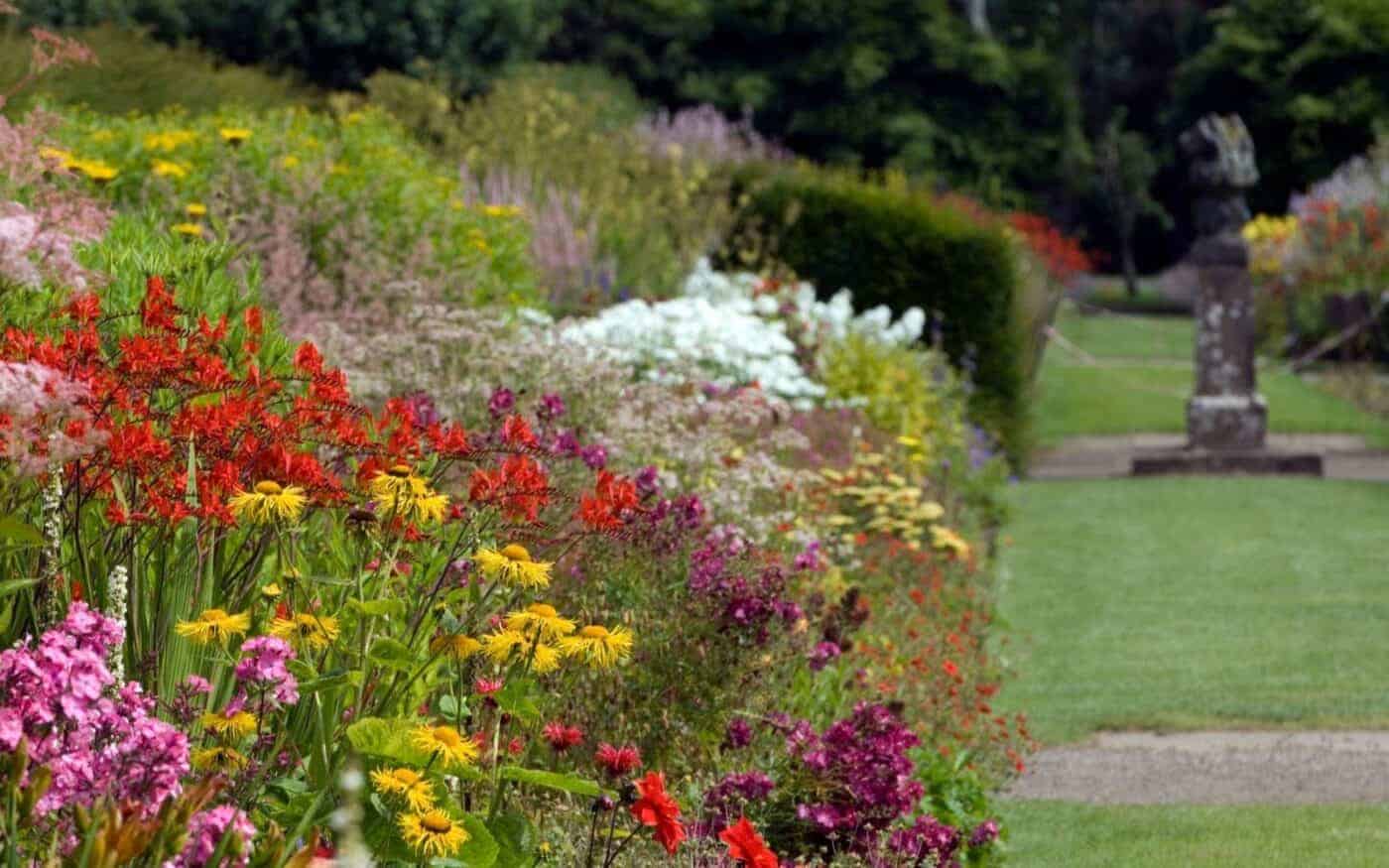
14. Use an organic mulch
A quality organic mulch is a great way to feed your blooming plants while keeping the bed looking sharp in all but the driest areas.
Remember that the look of the mulch is important for a newly-planted flower bed and for shoulder seasons, but it may be mainly covered with plant foliage during the growing season once established.
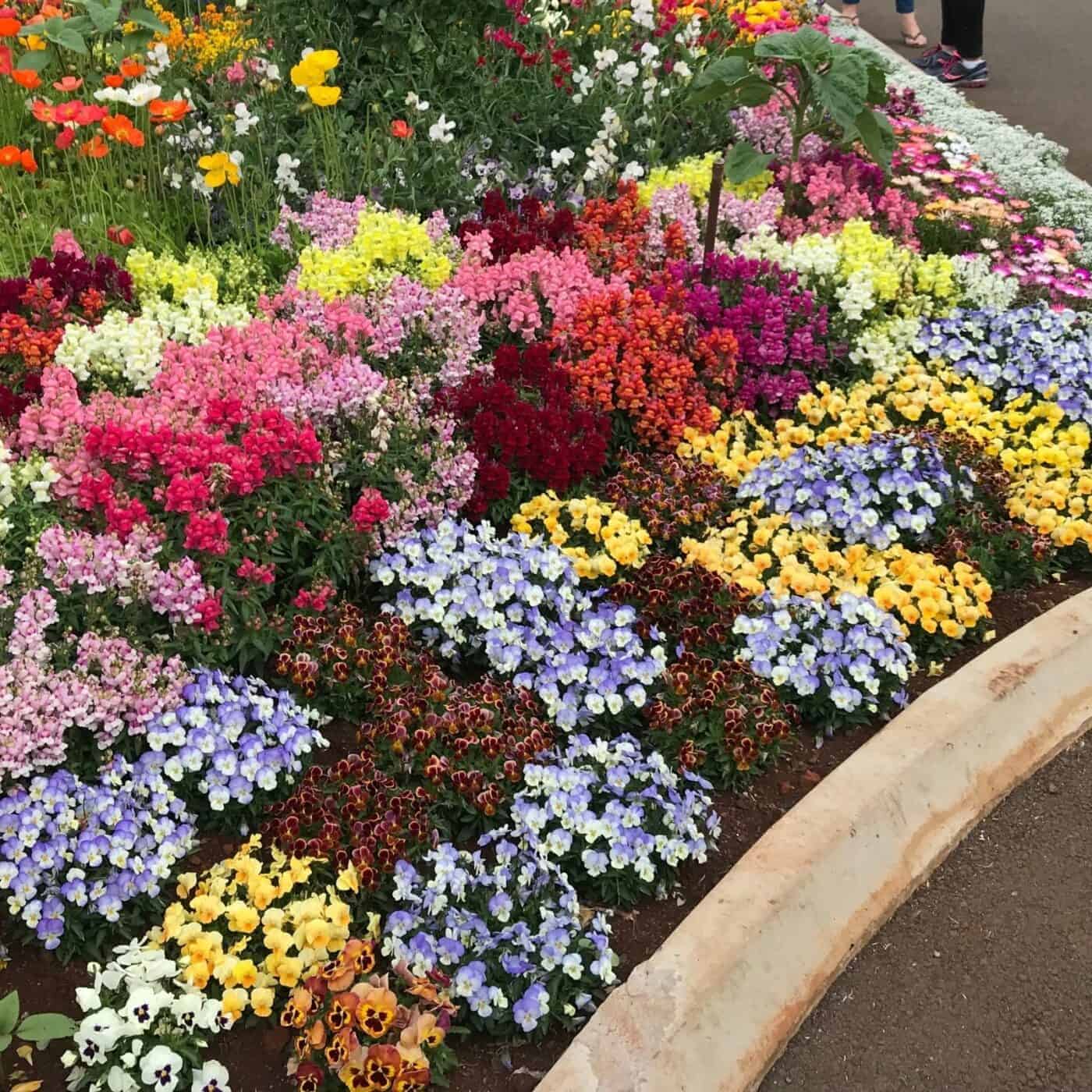
15. Add hardscaping
Hardscaping can be overlooked in flower beds but is nonetheless important. Edging is perhaps the most commonly considered flower bed hardscaping idea. It can be lovely, however, to have paths through flower beds, as well as to consider and incorporate border fences, arbors, and small seating patios or benches. Hardscaping is also incredibly useful for keeping mulch in place (and keeping it from drifting into your lawn!).
Hardscaping can also inspire more ideas for your flower bed. A pathway looks stunning surrounded by flowers on both sides. A sloped garden bed, complete with a stone staircase, has a romantic feel when complimented by cascading flowers.
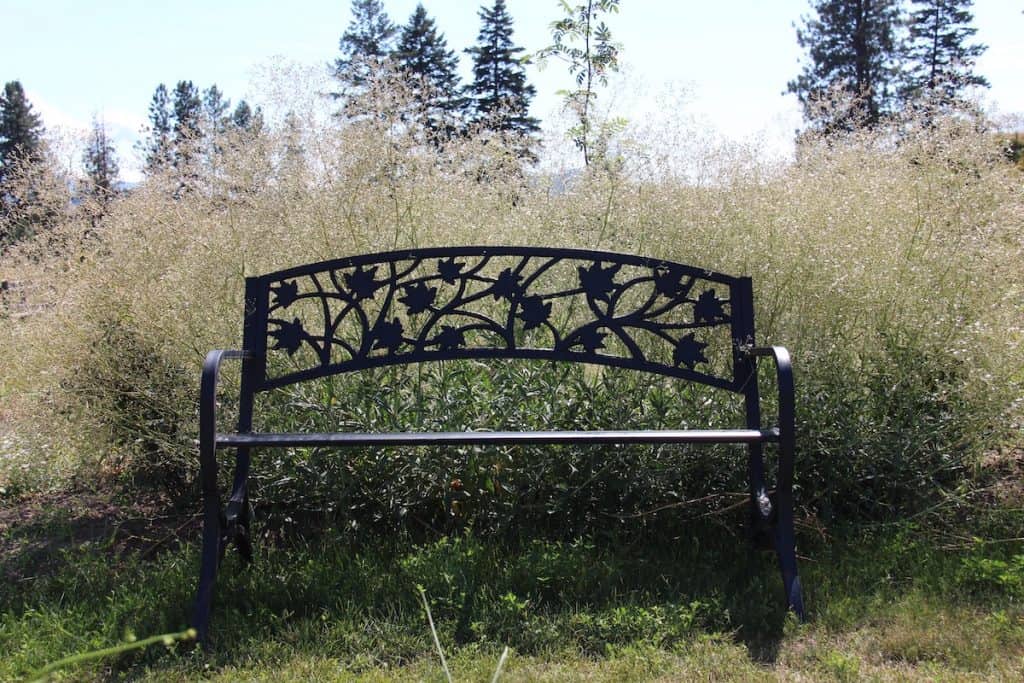
16. Add seating
A small patio, bench, or meditation area welcomes flower fanatics to stop and smell the roses! Include seating within the bed itself or at a strategic viewpoint so that the flowers can be fully appreciated by visitors.
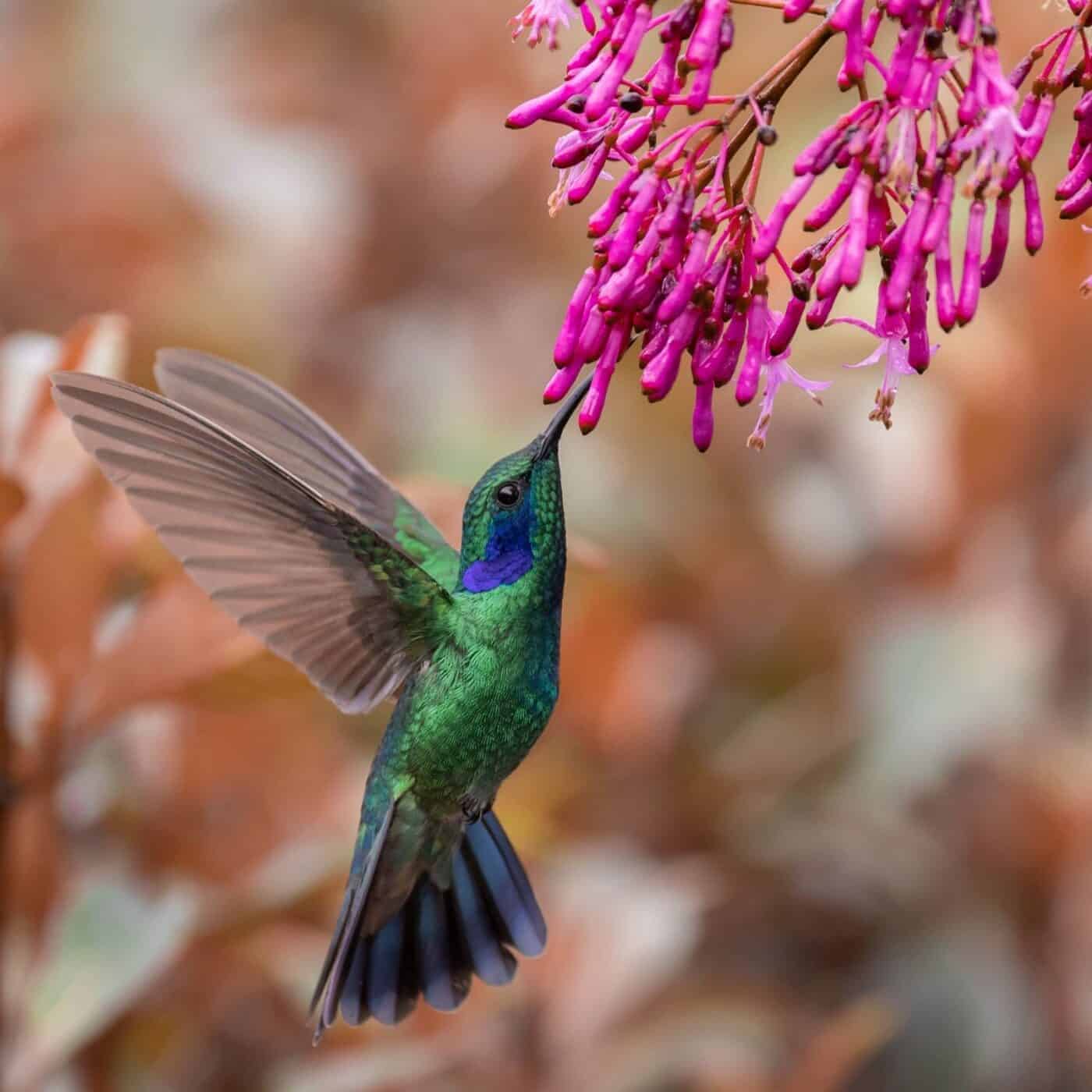
17. Welcome hummingbirds
Attract hummingbirds to your flower bed by planting flowers that hummingbirds like, such as coral honeysuckle. For extra credit, a well-placed hummingbird feeder will keep them coming back even as their favourite flowers fade. Here are 10 tips for feeding hummingbirds in your yard. If you want to take it one step even further, check out this post on how to create a hummingbird garden!
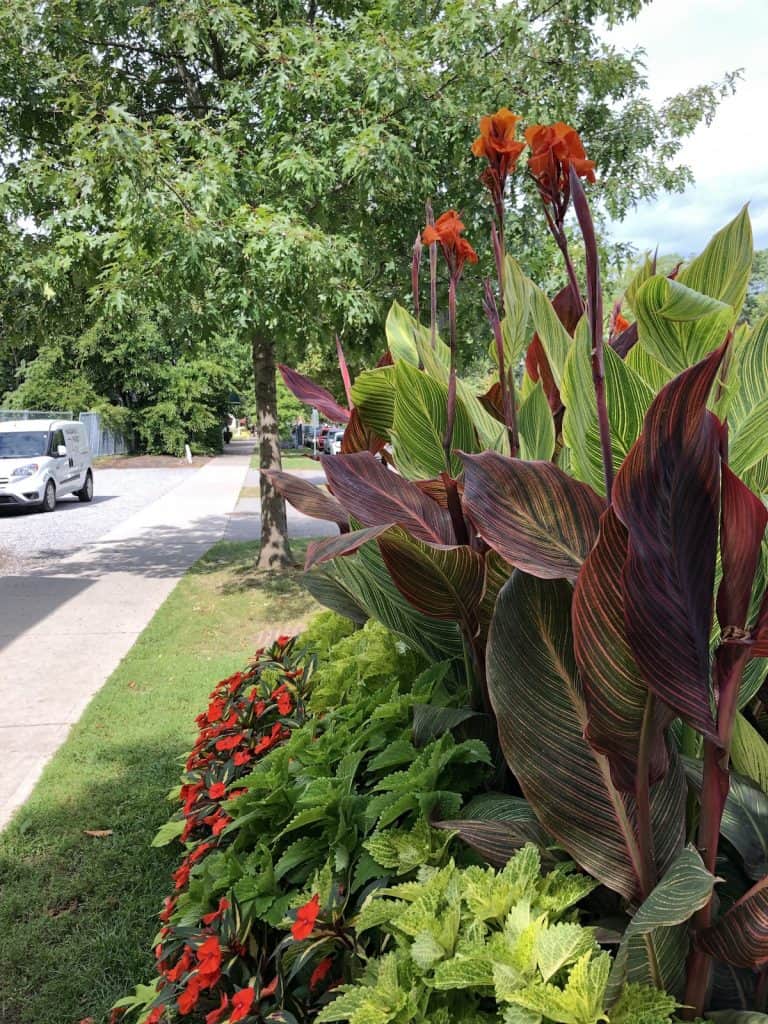
18. Different plants give different texture
Varying the texture of elements can add to the visual appeal of a flower bed. Some flowers are delicate, others are bold. Some are flashy while others are ethereal. They can pop against a dark fence or blend among a meadow of dancing ornamental grasses.
Foliage that is smooth, fuzzy, or waxy can add to the visual appeal of the flowers. Don’t be afraid to mix and match different plants to create a harmonious living quilt of flowers and foliage.
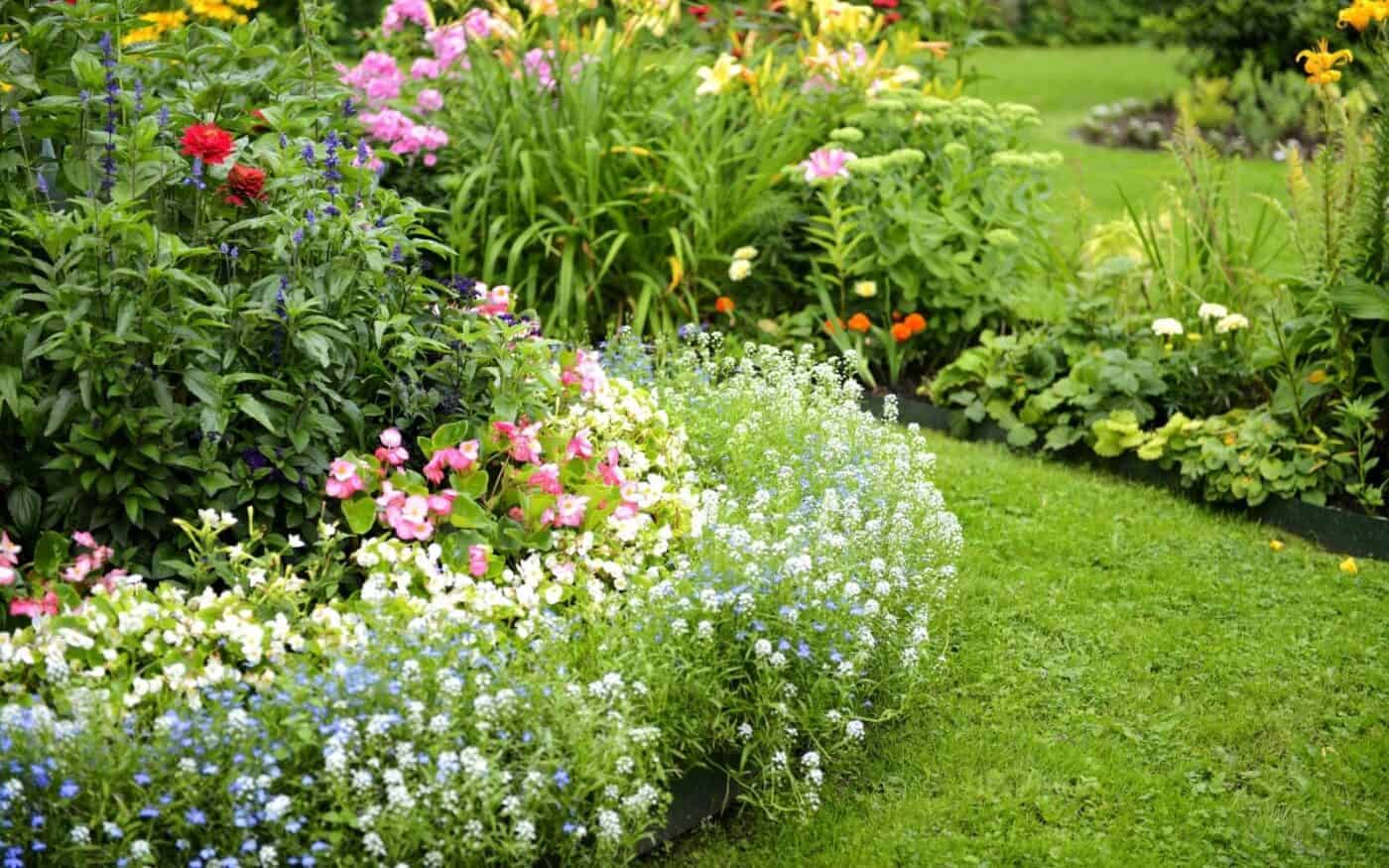
19. Divide plants to create drifts
Mass plantings, or drifts, of plants, can look amazing but can also be expensive. Learn to divide expensive perennials like peonies, hellebores, and lilies. Dividing plants every couple of years keeps the flower bed thriving and healthy while allowing you to create huge swaths of blooms. Soon you’ll have to start giving plant divisions away!
“Learn to divide plants as quickly as you possibly can. This is important especially if you have a lot of space to fill up. If the weather is favourable, you can divide all through three seasons.”
Thrifty Gardening: From the Ground Up, by Marjorie Harris
20. Add a pretty food plant (or 10)
A pretty food plant shows that you can indeed make flower beds beautiful AND productive! Take a note from the French potager kitchen garden, and add a tomato plant on a decorative obelisk or a short border row of dwarf scotch kale. Here are 100+ ideas for food garden plants to consider for your productive flower bed.
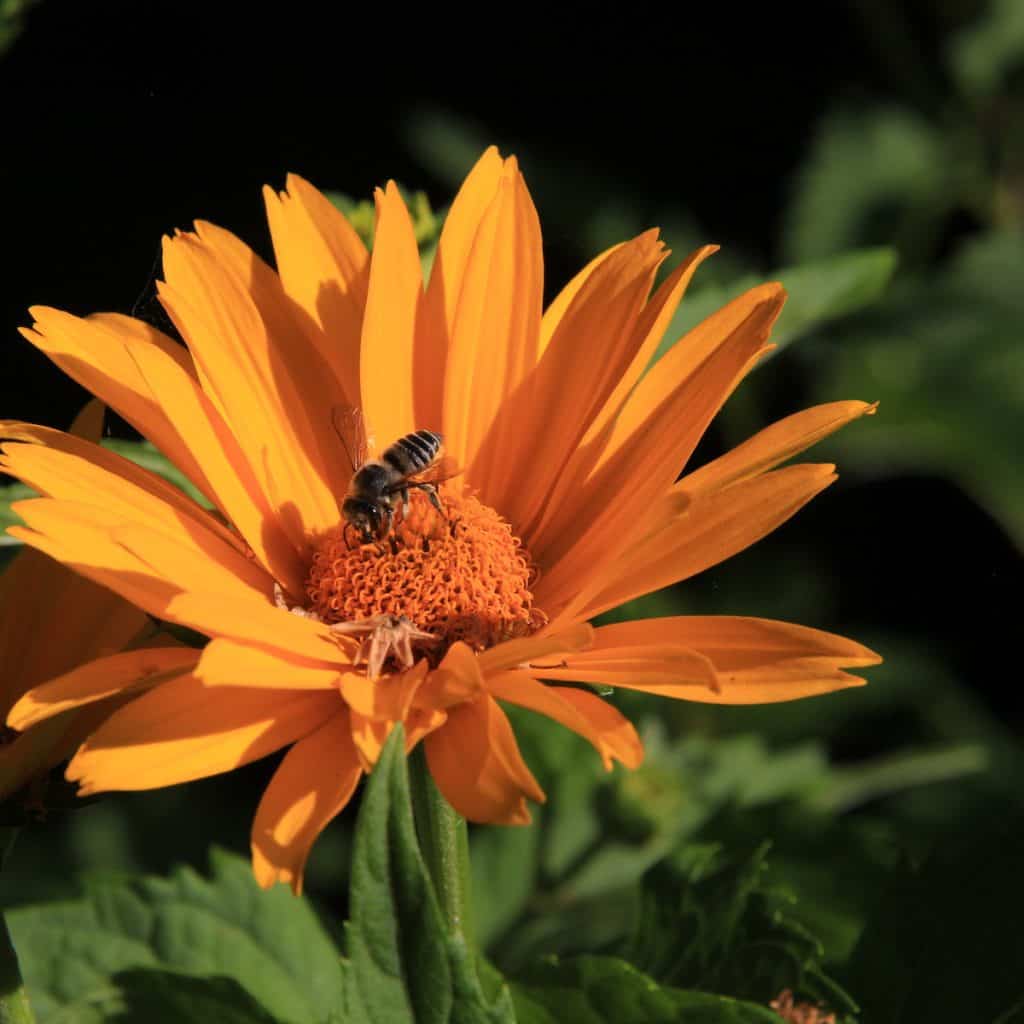
21. Go organic (really)
While most gardeners go organic in their vegetable gardens and other food crops, it’s somewhat less common to grow flowers organically. Fortunately, it’s not only worthwhile to do so… it’s also easier!
Here are some of the most common mistakes that gardeners make that keep a garden from being “organic”. If you’re mastered the basics of organic flower gardening and landscaping, why not try incorporating permaculture principles into your garden!
22. Remove leaves, and replace with leaf mold
One very important fall gardening clean-up activity for flower beds is to remove a majority of plant debris and fallen leaves. Choose some pretty seed heads to leave up for winter interest, and compost everything else. Once this year’s leaves have been composted, add a healthy 1″ top-dressing of homemade leaf mould compost over the top of the garden bed.
More reading: How to Winterize Perennials
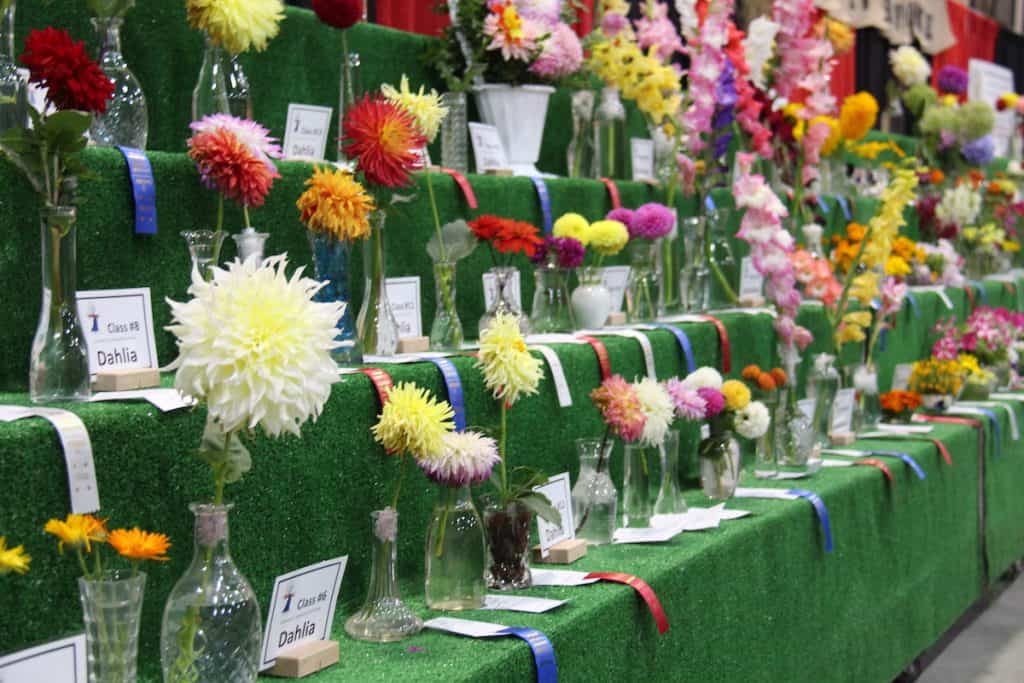
23. Visit the library
Get some flower garden inspiration from some of the best gardening books out there! The library is a fantastic place to browse and scan books (and magazines) without spending a fortune.
Libraries and other community centre hubs often host or have information about joining local horticultural associations. Look for local gardening clubs and upcoming flower shows and garden tours. These are all wonderful places to look for new (and locally-tested) flower bed ideas and inspiration.
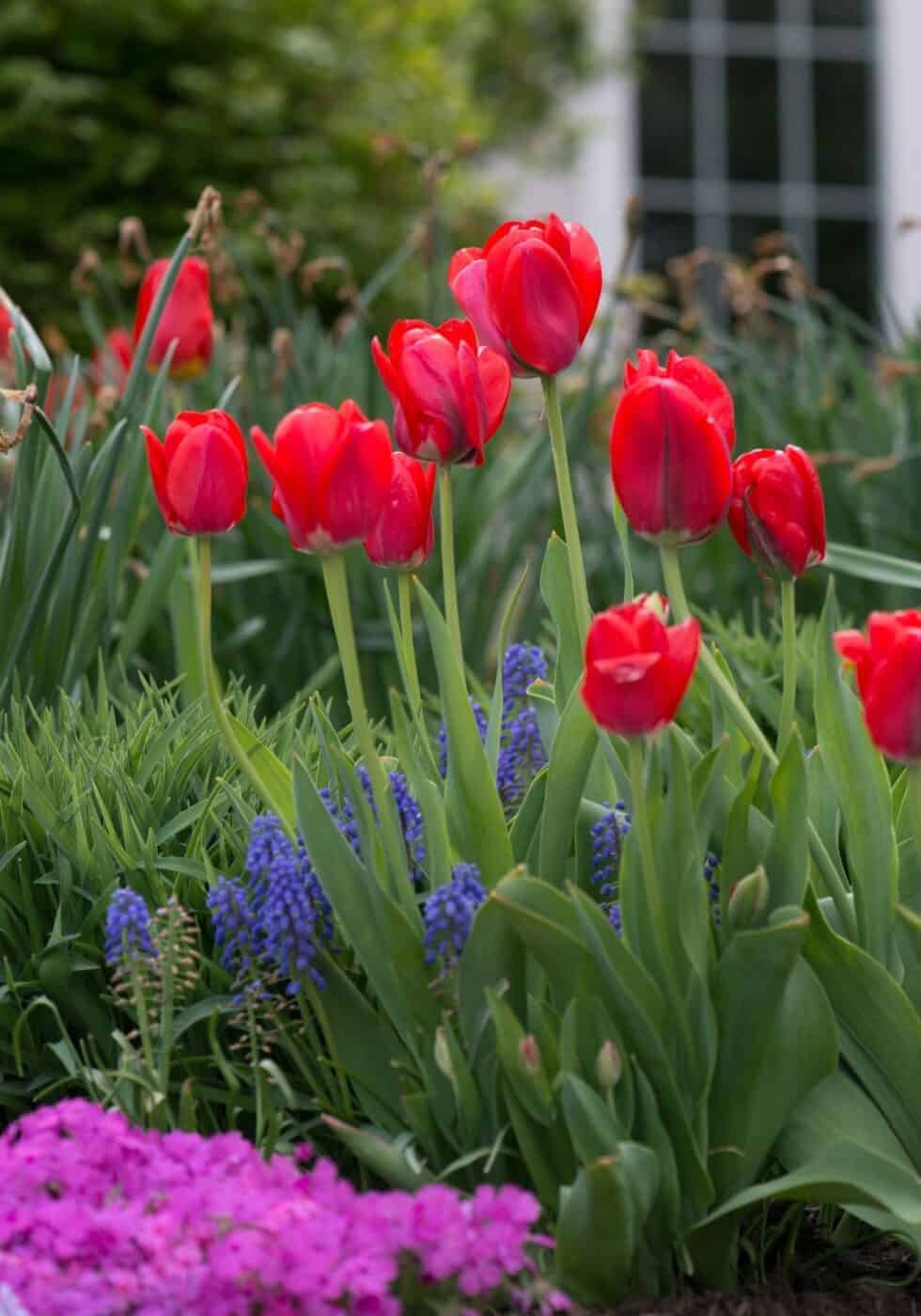
24. Include a statement flower
A true statement flower makes an incredible impact in your garden. Even if its bloom time is short and it takes some maintenance on your part, these are the plants that make us truly stand in awe of mother nature. One of my favorite statement plants is the blue delphinium. I also love cold-hardy dinner plate hibiscus plants, which flower in August in our area.
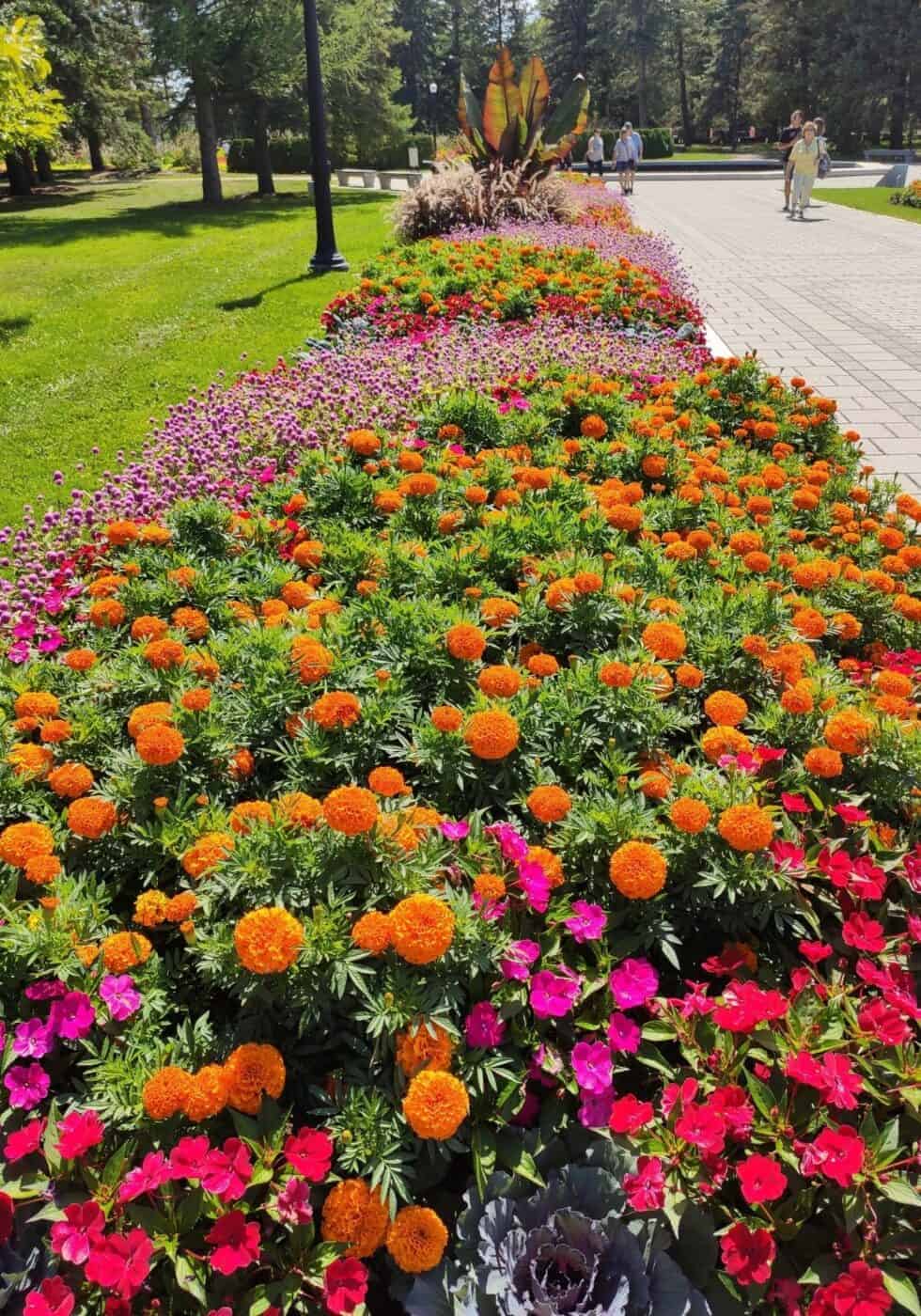
25. Save seeds
Save seeds from your favourite flowers so you can grow more plants over the wintertime, share your faves with friends, or donate them to a local seed library or seed swap. Connecting with other flower lovers (especially by swapping plants) inevitably leads to helpful and inspiring discussions and local insider tips for flower gardening.
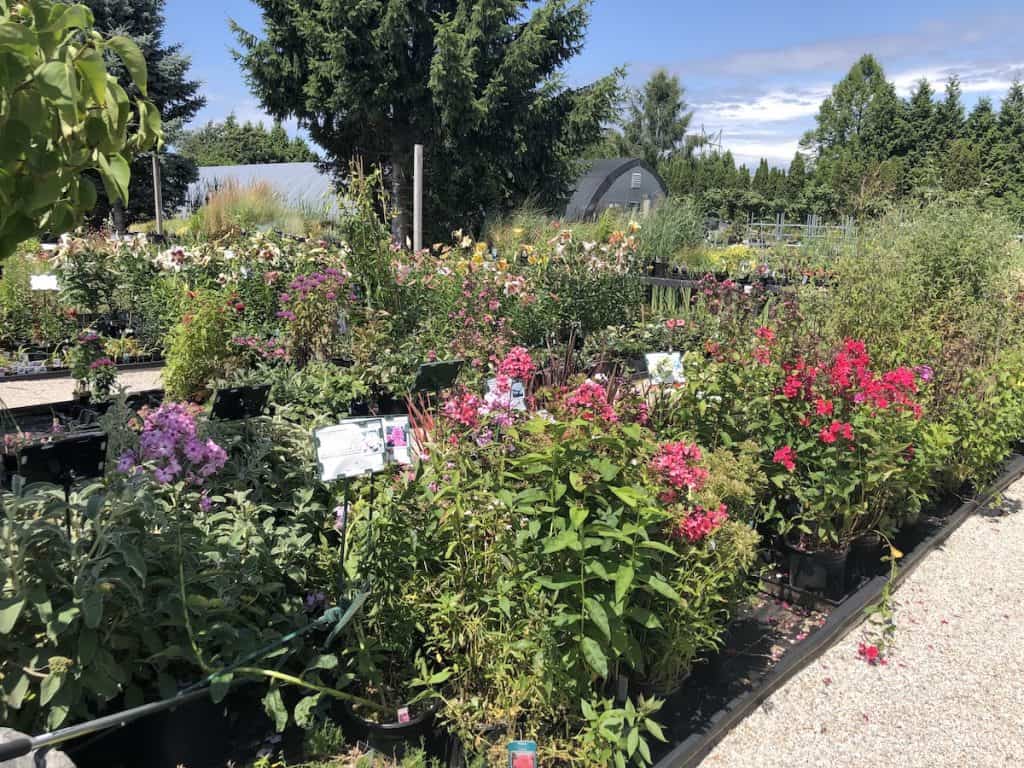
26. Order plants online
Flower gardeners looking for specific plants most commonly buy plants online to get exactly what they’re looking for. Here are some excellent places to order blooming plants for your flower bed:
- Bluestone Perennials (Ohio)
- High Country Gardens (California)
- Phoenix Perennials (British Columbia)
- David Austin Roses (US Division)
- Mason Hollow (New Hamshire)
- Peony’s Envy (New Jersey)
- Pine Knot Hellebores (Virginia)
- Palatine Roses (Ontario)
- Flowers by the Sea Salvias (California)
27. Get ready for an early-spring feed
Plan for an early-spring feeding with a quality organic fertilizer. I like to apply a slow-release fertilizer as the soil warms to make essential nutrients available to the roots after a long winter.
Some flowers are particular about feeding. Here is a guide to fertilizing roses in spring. Peonies are another perennial that sometimes (but not too often) requires feeding. I fertilize peonies when their leaf stalks are about a foot high, just as the tiny buds are starting to form.
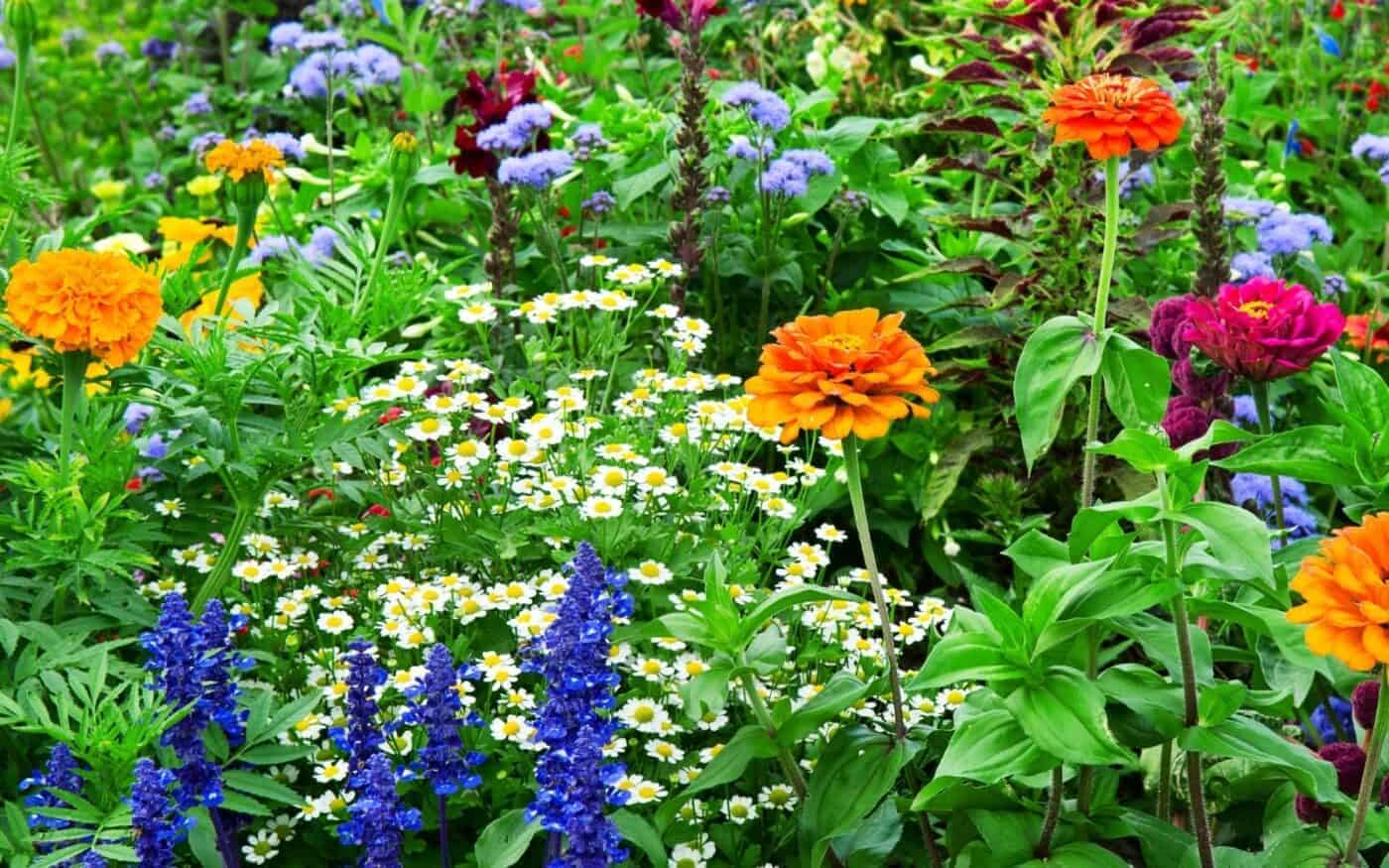
28. Plan big projects for future years
With all of the flower bed ideas you’ve collected, there’s sure to be more to do than there is time to fit it all in! Save some big projects for future years, especially if you don’t have all the details worked out. Keep on pinning ideas to Pinterest, reading inspirational books and magazines, and keeping your eyes peeled for beautiful blooms in your area!
“Whether you’re working from your own design or plan or one that’s been drawn up by a professional, don’t think you have to complete the project all at once.”
Gardening Your Front Yard: Projects and Ideas for Big and Small Spaces, by Tara Nolan
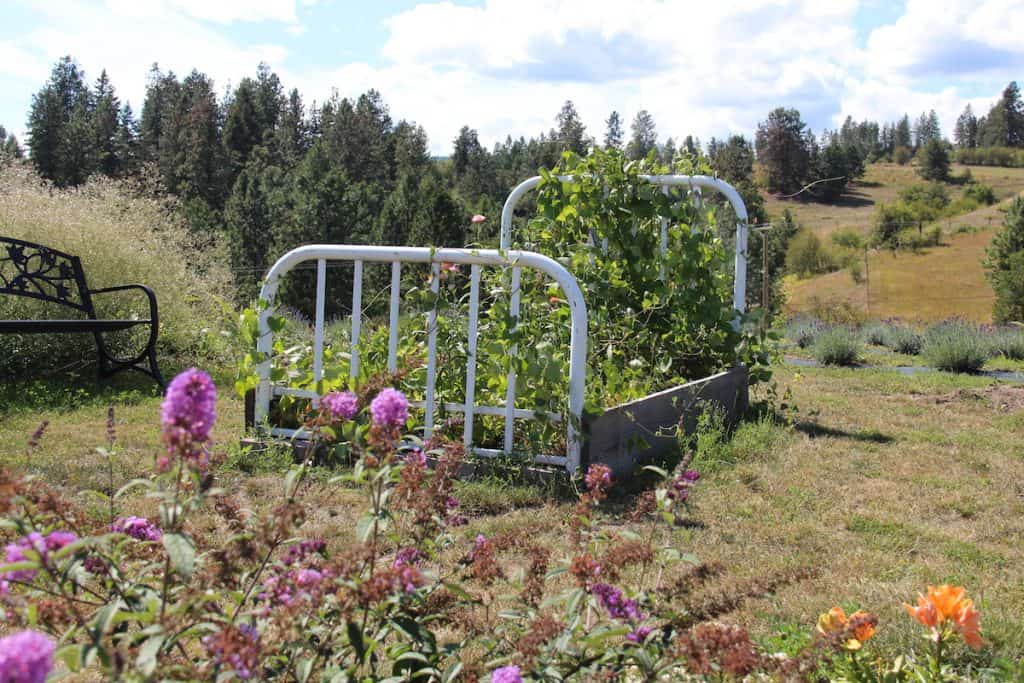
Further reading: Silly Plant Puns


